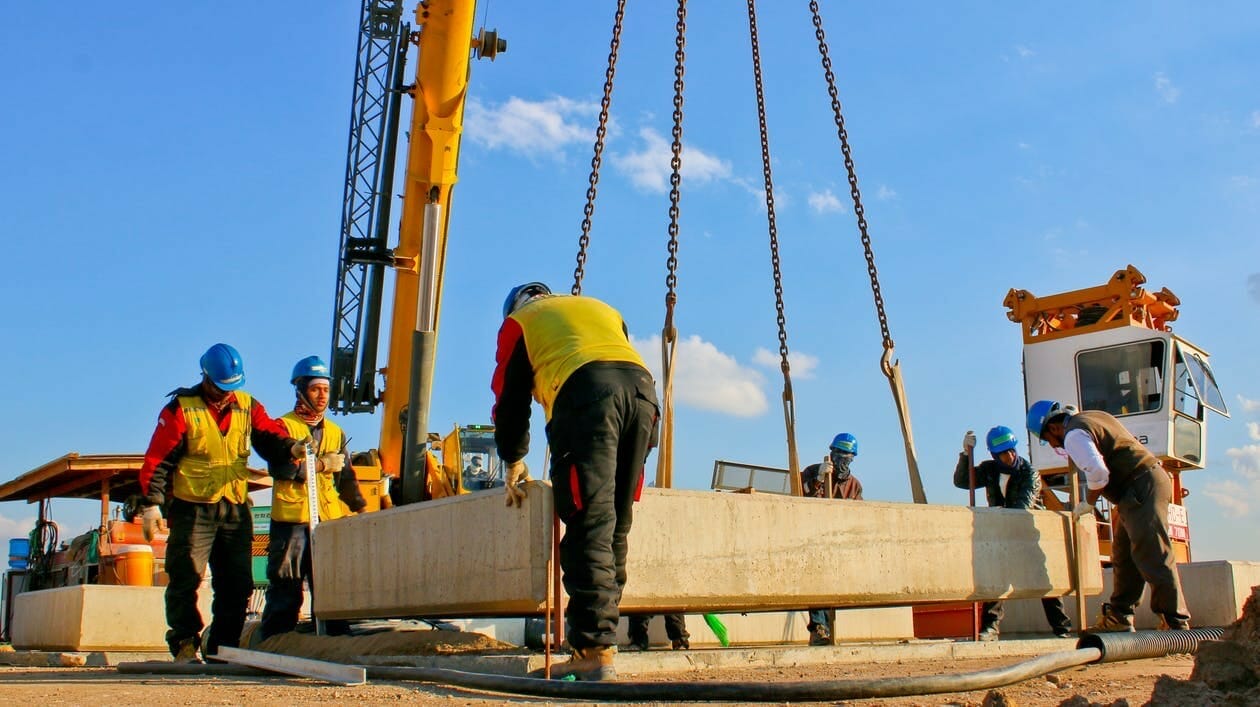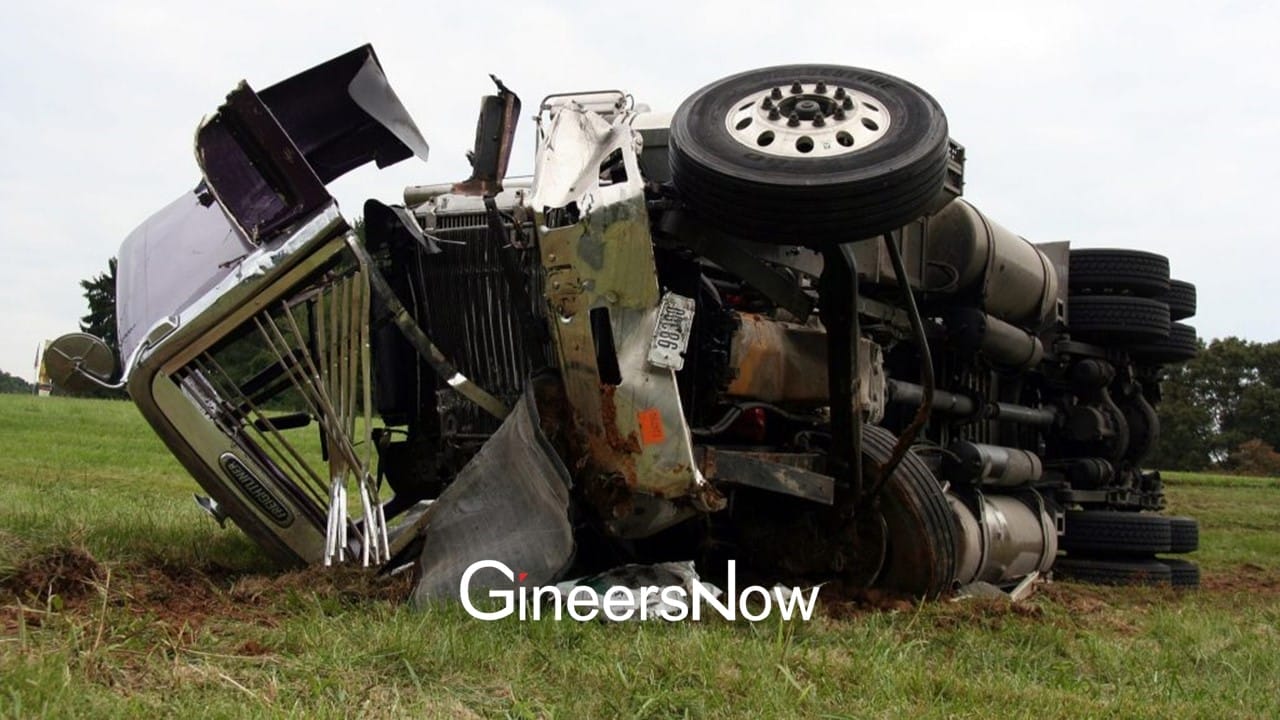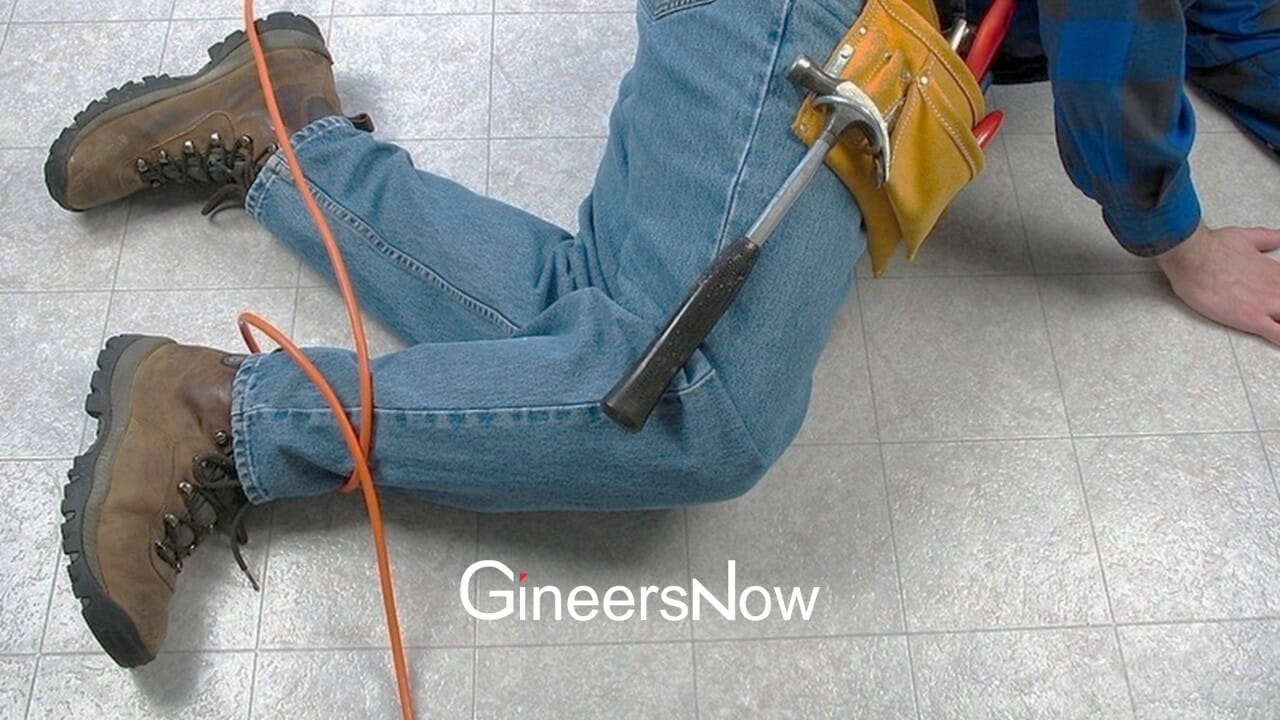Engineers and others they work with require the on-site lifting and moving of materials in various ways. Ensuring this is always carried out safely is an important part of operating any site. The materials that need to be lifted can vary hugely, from smaller items that are lifted by hard work to heavier or more awkward loads that require the right equipment to get the job done.
Many construction sites seek the help of a third-party contractor to do the heavy lifting for their projects. An Australian lifting company, Stenhouse Lifting, suggests contracting or outsourcing the job can be more cost-effective. Companies like them have been doing this for a long time, so you know your project will be in good hands.
Instruction for Manual Lifting
Sometimes manual lifting is required when lifting and moving small loads. Even bending down to pick up a toolbox needs to be done safely to protect the person lifting it. Everyone working on a site must have the right training to lift items safely, no matter the weight of the materials or tools. Everyone should receive instruction on important things such as bending their knees and keeping their back straight for occasional lifting and for anyone who regularly needs to lift and move items of various types.
It would be best if workers received comprehensive training on this matter before starting the job. It’s crucial for their health, and it would minimize your organization’s potential medical costs.
Some workers tend to forget or neglect simple preparations and safety precautions, which may result in workplace injuries. Many job sites place laminated reminders at various locations to remind workers. This helps with their recall and minimizes worker injuries.
Ensure the Right Equipment Training
When equipment is required for lifting and moving, anyone must have the correct training. This often means more formal training and certification than learning how to lift things manually. It might be necessary to acquire a basic rigging ticket to learn how to lift items and work at heights. A forklift license might be required for some lifting needs or perhaps training in the operation of other machinery. Ongoing training helps to keep people’s qualifications up to date to ensure safety at all times.
To implement proper information dissemination, the equipment supplier conducts many types of training. After all, they’re the ones who have complete knowledge about the tool acquired by the organization. This is a requirement before signing the item’s release to the buyer.

Provision of Correct Equipment
In addition to workers having the right training to operate equipment, it’s also important to have the correct lifting equipment available on-site. This requires an assessment of the site’s needs, the types of materials that need to be lifted, and where they need to be moved. This should help identify what types of equipment are best, in addition to the training required to operate them. It’s also important to review the available equipment to determine whether anything needs to be replaced or new equipment needs to be purchased. Equipment maintenance is another thing to consider.
Equipment maintenance should be included in labor scheduling and deployment. For more intensive maintenance jobs, you may outsource them to a third party.
Following Regulations
To keep a worksite safe, you must be aware of any regulations regarding lifting materials and using related equipment. You should ensure that everyone knows essential laws and regulations, from managers to the people who are doing the lifting and moving. Regulations may cover keeping employees safe and general on-site safety, including how to safely operate certain types of equipment that you may be using.
When lifting and moving things, be sure to do the job properly. It’s vital to do it safely and protect everyone involved.












